Want Office Bragging Rights? Try Our NCAA Tournament Bracket Analytics
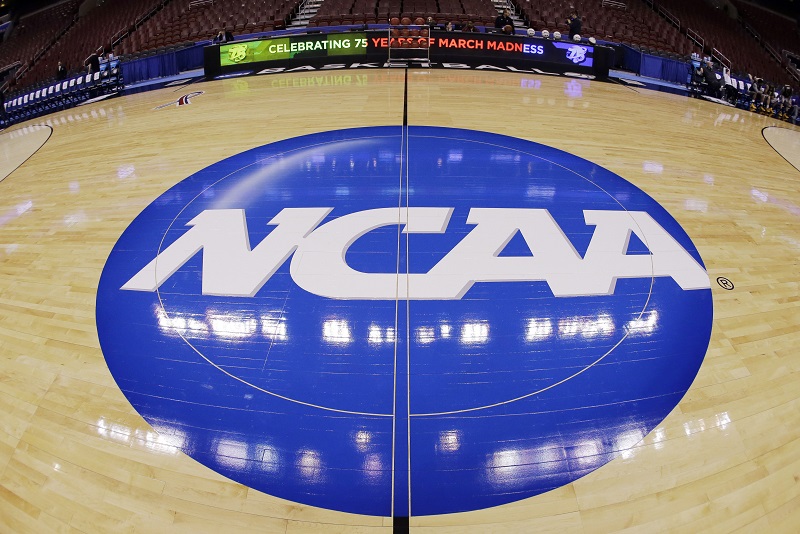
If you’re like most people, you’re about to participate in one of the most frustrating exercises known to Americans: Filling out an NCAA Tournament bracket. And whether the typical winner of your office pool is the person who knows every team and player intimately or the person who picks teams with the best mascots, it’s frustrating to lose to either one of them every year. So if you’re like most people and you don’t follow college basketball enough to make well-reasoned choices, try our 12 NCAA Tournament bracket analytics tips to help you have a better chance. We’re confident you’ll at least beat the guy who lets his dog make his picks.
I studied the past 10 NCAA Tournament brackets, finding some of the trends that can help you fill out your bracket without worrying about the teams. Just focus on the seeds, the conferences, and where the games are played. And remember that the numbers provided are averages over the past decade. Pick any single NCAA Tournament in our time frame, and it’ll have exceptions to the averages listed here. These trends aren’t hard and fast rules, but more like guides. So just use these trends and numbers as a tool to help you figure out if you’re picking too many upsets … or too few.
1. Pick the #1 Seeds in First Two Rounds
Might as well get the gimme out of the way first. In the 10 NCAA Tournaments we studied (2007-2016), the #1 seed defeated the #16 seed in the first round every time, going 40-0. In fact, since the NCAA Tournament expanded to 64 or more teams, the #1 seed is 128-0 against the #16 seed.
You won’t have a surer thing in your bracket than picking the #1 seed over the #16 seed. (Then again, if you would consider betting on the Washington Generals against the Harlem Globetrotters because “Washington is due,” that #16 seed may be really tempting for you.)
Additionally, the #1 seed does really well in the second round, winning at a 90% clip (36-4). And when the #1 seed is a power conference team (more on them later), the winning percentage in the second round increases to 94.6% over the past 10 years. So you can feel pretty comfortable taking that #1 seed through to the Sweet 16.
2. Pick the #2 Seeds Too
The #2 seed has a 90% winning mark in the first round, posting a 36-4 record against the #15 seed. All time, the #2 seed is 120-8 against the #15 seed (93.8%). Everyone loves to pick upsets in their brackets, but don’t do it here.
Now if you want to take an upset for the #2 seed, you may be able to find one in the second round. The #2 seed is 26-10 in the second round over the past 10 NCAA Tournaments for a 72.2% winning clip. On average, that says one #2 seed won’t make the Sweet 16. The trick is finding the right one.
3. Home State Teams Win a Lot
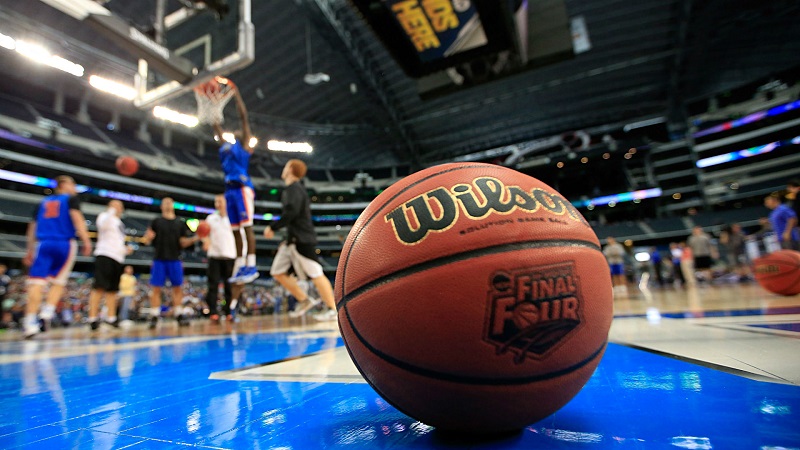
NCAA Tournament rules prohibit teams from playing on their home floor for the tournament, but sometimes teams are placed into sites that are in their home states. These teams often win, and it doesn’t seem to matter if they’re high seeds, low seeds, power conference teams, or non-power conference teams. They all win at a high clip.
Teams playing somewhere in their home states at any point in the tournament have a record of 69-12 in the past 10 NCAA Tournaments. That’s an 85.2 winning percentage, making it one of the surest things in the bracket.
This does make some sense, as the NCAA Tournament selection committee often rewards the highest seeded teams by allowing them play as close to home as possible, so the best teams in the tournament often are the ones playing in their home states.
4. Pick High Seeded Power Conference Teams
In the first round, when a power conference team is seeded #1 through #4 and is playing a non-power conference team, the power team wins at an 88.4% clip, going 129-17 in the 10 years studied.
And understand that the membership rosters of these conferences have changed quite a bit in the past several years, complicating our research. Some teams, such as Butler, have gone from being a non-power conference team to joining the Big East, for example, during the research period.
5. When to Pick Non-Power Conference Teams
Sticking with the first round, when a power conference team is seeded #5 through #12 and is playing a non-power conference team, it’s basically a coin toss situation. The power conference teams only win at a 52.9% clip in this situation (45-40). So if you want to pick some upsets, here’s a good place to try. After all, it’s the little school knocking off the big boys that makes the NCAA Tournament so great.
6. Power Conference Teams Win More As They Advance
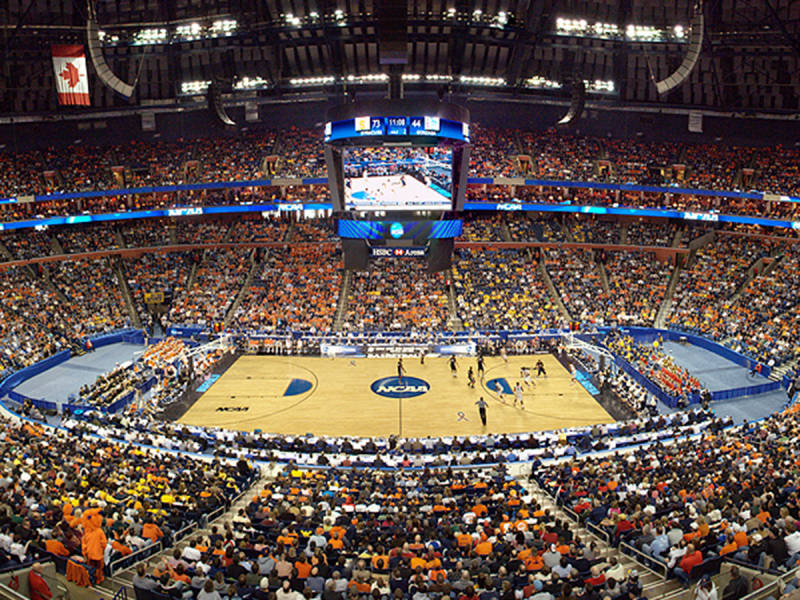
Once you get past the first round, the power conference teams dominate non-power conference teams. From the second round through the NCAA Championship Game, when a power conference team plays a non-power conference team, the power conference team wins at a 72.6% clip (77-29). That’s nearly three out of every four times. So when you have these matchups on your bracket as the tournament advances, stick with the power conference team most of the time.
7. The Magic 5/12 Games … and 6/11 Games
If you watch the NCAA Tournament enough, you’ll hear plenty about how “a #12 seed always beats a #5 seed” from commentators. And they’re basically right. In eight of the last nine NCAA Tournaments, at least one #12 seed has upset a #5 seed in the first round. In the past 10 tournaments, the #5 seed won only 55% of the time in the first round against a #12 seed.
But the #11 seed does even better in the first round against the #6 seed. The #6 seed wins only 52.5% of the time in that matchup. In each of the 10 NCAA Tournaments we’ve studied, at least one #11 seed defeated a #6 seed.
So both the 5/12 and 6/11 seed games in the first round are essentially coin flip games. Pick a few upsets here … and hope that you picked the right ones.
And when you really think about it, it makes sense. The #11 and #12 seeds often are among the best non-power conference teams. These teams may not have the strength of schedule of power conference teams, so they don’t receive a favorable seed. But just because they play in a weaker conference, that doesn’t mean they wouldn’t have done well against tougher schedules.
And if you end up with a power conference team at the #11 and #12 seed lines, these often are teams that had to play really well against a tough schedule down the stretch to gain one of the last at-large bids to the NCAA Tournament, and they’re able to maintain that high level of intense play through the first round of the NCAAs.
8. More Coin Flip Matchups
Not surprisingly, when teams play in any round where the two seeds are consecutive — #8 versus #9, #4 versus #5, #2 versus #3, et cetera — the games are basically a coin flip, no matter in which round they are played. So don’t fall in the trap of just picking the higher seed every time you have one of these games. In these types of games over the past decade, the better seed wins 53.9% of the time (55-47).
9. #1 Seed Vs. #2 Seed
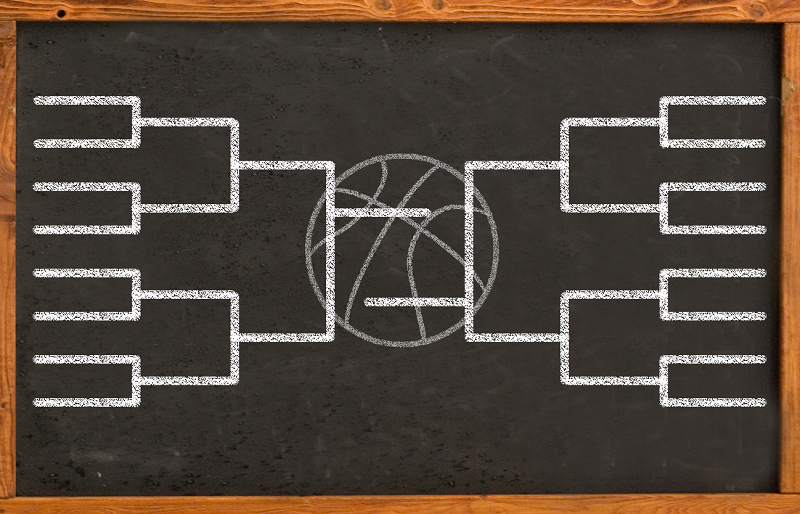
The only time a #1 seed can meet a #2 seed in a region is in the regional final. In the 10 NCAA Tournaments we studied, it happened 15 times out of the possible 40 (37.5% of the time). So if your bracket has more than two #1 versus #2 matchups in the regional finals, you may want to rethink it.
And perhaps more surprisingly, in those 15 games between #1 and #2, the #1 seed only won six times (40%).
10. Final Four Picks
People who win their NCAA pools do a great job of picking the Final Four teams. It’s easier said than done to find the right mix though, meaning many people just go with primarily #1 seeds.
But in five of the past seven NCAA Tournaments, only one of the four #1 seeds has made the Final Four. And in another one, zero #1 seeds made it. So if you’re picking all #1 seeds in the Final Four, you’re probably in trouble.
Now that doesn’t mean you want to pick a bunch of double-digit seeded non-power conference schools to make the Final Four either. Of the 10 NCAA Tournaments we studied, only nine teams seeded #5 or worse made the Final Four (out of 40 total spots). So that’s about one per year. The other 31 Final Four participants were seeded #1 through #4, roughly three per year. Of those 31, 16 were #1 seeds.
So it’s not out of line to have one surprising team (#5 seed or worse) in your Final Four, one or two #1 seeds, and one or two teams seeded #2 through #4. That would pretty closely match the average in the past 10 NCAA Tournaments.
11. Seeds Still Matter at the Final Four
If you compare the regional seeding of the teams playing in the Final Four, the team with the better regional seed won 16 of 20 games in the Final Four over the past 10 seasons, or 80%. (In the other 10 Final Four games during our studied time frame, the two teams playing had identical regional seeds.) So if you have the #2 seed in the West playing the #4 seed from the South in your Final Four bracket, the better seed has been winning that matchup at an 80% clip.
12. The First Four Winners
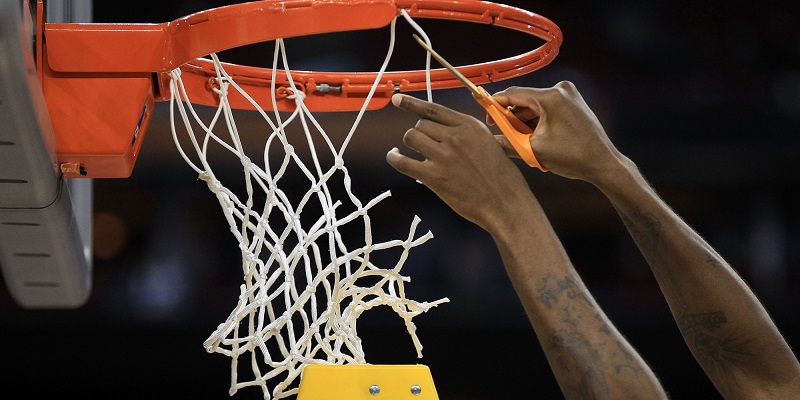
The NCAA expanded from 65 to 68 teams in the 2011 tournament, meaning eight teams play in four games called the First Four in Dayton, Ohio. Two of the games feature the four lowest seeded teams that received automatic bids, all of which have been seeded #16 in their regions. Two of the games feature the last four teams that received at-large bids, and these teams have been seeded anywhere from #11 to #14 in the region. The four winners of the First Four games then advance to the first round. (Most NCAA Tournament bracket pools don’t ask you to pick the First Four games.)
Of the teams that won the First Four games that received automatic bids, they went 0-12 in the first round games. Of course, those teams were all seeded #16, so them being winless really isn’t surprising, as they’re always matched up with a #1 seed in the first round.
However, of the 12 teams that received at-large bids that won their First Four games, six of them have gone on to win their first round games, despite being underdogs as double-digit seeds. And three of those six went on to reach the Sweet 16 (#11 seed Tennessee in 2014, #13 seed LaSalle in 2013, and #11 seed VCU in 2011). This means 25% of the at-large bid First Four winners have advanced to the Sweet 16 as double-digit seeds. VCU in 2011 even made the Final Four. So if you’re looking to pick a surprise team, keep an eye on the First Four games.
Too Tough To Call: The Gonzaga Effect
One of the toughest teams for people to pick in their 2017 NCAA Tournament pools will be Gonzaga. The small Pacific Northwest school may be a #1 seed, which is a rare occurrence for a non-power conference school. So how have these teams fared as #1 seeds in the past?
- 2014: Wichita State was a #1 seed with a 34-0 record. The Shockers lost in the second round to Kentucky, 78-76.
- 2013: Gonzaga was a #1 seed with a 31-2 record. The Bulldogs lost in the second round to Wichita State, 76-70.
- 2008: Memphis was a #1 seed with a 33-1 record. The Tigers reached the NCAA Championship Game before losing in overtime to Kansas, 75-68.
So two of the three non-power conference #1 seeds in the past 10 seasons didn’t even reach the Sweet 16. But Kentucky in 2014 and Wichita State in 2013 continued pulling upsets and reached the Final Four, so neither team was a slouch. The statistical pool for non-power conference #1 seeds is just too small to gain a good feel for how Gonzaga may perform in 2017. So if you want to ask your dog to help you with picking Gonzaga’s games, I’d say go for it. (Just don’t be surprised if your dog favors the Bulldogs; he has to stick with his home team after all.)












